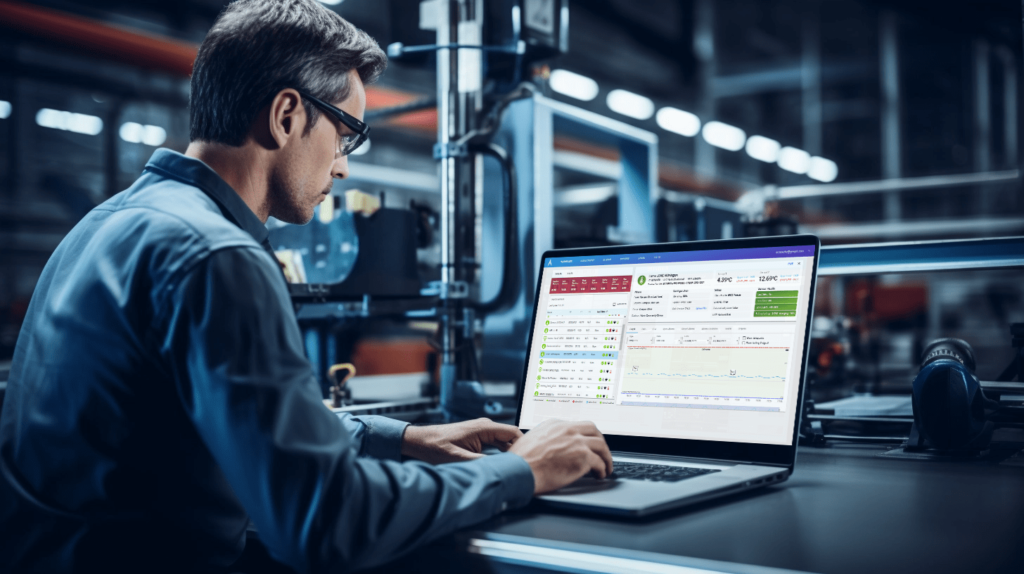Monitor environment
Uses your existing WiFi network to monitor across all your facilities. Automates monitoring of temperature, humidity, differential pressure, CO2 and more to meet compliance standards with 24/7 real-time continuous monitoring. Alerting system uses emails, text messages and APPs for notifications. The system meets 21 CFR 11 requirements, are ideal for monitoring of refrigerators, freezers and ultralow freezers
- Hospitals
- Laboratories
- Industrial usage
- Food
Dimensions (HxWxD) 89mm x 60mm x 25mm (3.50” x 2.36” x 0.98”)
Weight 102g (3.60 Oz)
Connectors 10-pin Sensor Connector; micro USB for Charging
Battery Integrated 1000mAh Rechargeable Li-Ion Battery
LTE radio technology LTE Cat M1
LTE Band 12 (also supported: 1, 2, 3, 4, 5, 8, 13, 18, 19, 20, 25, 26, 28)
Internal Flexible Antenna Wideband 698-3000MHz
Operator T-Mobile
Wi-Fi Protocols IEEE 802.11b/g/n
Wi-Fi Models Supported Wi-Fi Direct, Infrastructure, Remote
Wi-Fi Encryption WEP, WPA/WPA2 Personal, PEAPv0, PEAPv1, EAP-TLS
On Board Data Storage >9 months with a 5minute sampling period
Operating Temperature 0°C to 40°C on Charger -20°C to 60°C on Battery only
Non-operating Temperature -30°C to 70°C
Relative Humidity 10% to 90%
Certifications FCC, CE

Sensor Overview
In recent years, concerns about air pollution and its impact on human health have led to an increased demand for air quality monitoring solutions. Air quality sensor devices play a crucial role in this domain by providing real-time data on various pollutants present in the air. This overview aims to explore the functionality, types, applications, and advancements in air quality sensor devices.
Air quality sensor devices utilize various technologies to detect and measure different pollutants in the air. These sensors typically operate by either detecting changes in electrical conductivity, optical absorption, or chemical reactions when exposed to specific pollutants. The collected data is then processed and analyzed to provide insights into air quality levels.


Cloud Connectivity
The sensor communicates using WiFi Protocols (IEEE 802.11b/g/n). A keep feature of our WiFi communication is that it supports a myriad of encryption including WEP, WPA/WPA2, PEAP, EAPTLS.
Therefore, our sensors can easily operate in any corporate or enterprise network. On board data storage with the store-and-forward feature prevents any data loss in case of network problems. Use of WiFi eliminates the need for any gateway device. The sensors can communicate directly to the Cloud.
Remote Monitoring
From the cloud the sensors data is moved to a dashboard for data visualization, alerting and reporting. Alerting engine includes emails and text messages with escalations. Custom reporting features, for any particular domain, can be created on the dashboard.
Another unique feature of the dashboard is to track annual sensor certifications and validation procedures. In addition the ability to visualize assets and its maintenance procedures is very useful. Custom workflows can be implemented.
The IoT cloud platform is unique because it has an ingestion engine that supports virtually unlimited number of sensors across a distributed network over many locations. An additional benefit of this platform is the possibility for users to develop prediction models for a particular use case using the AI and machine learning modules.


